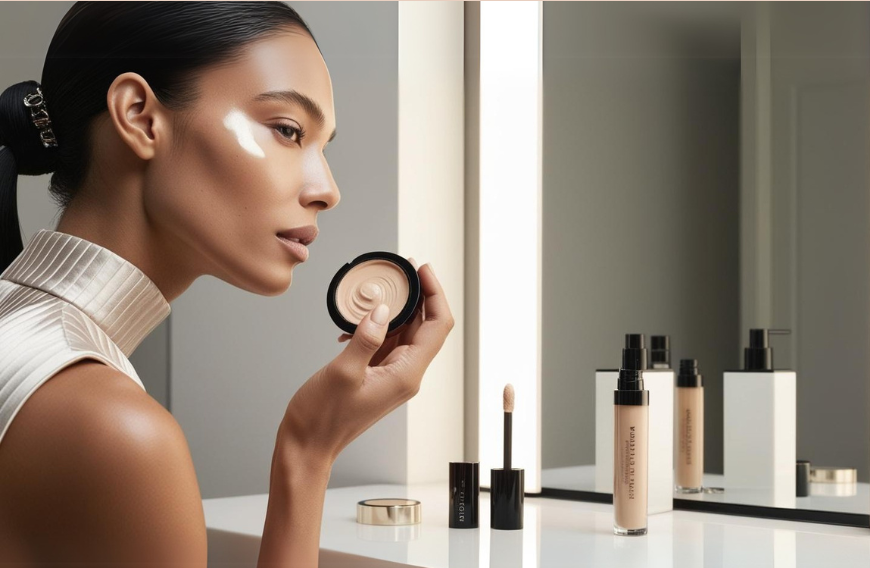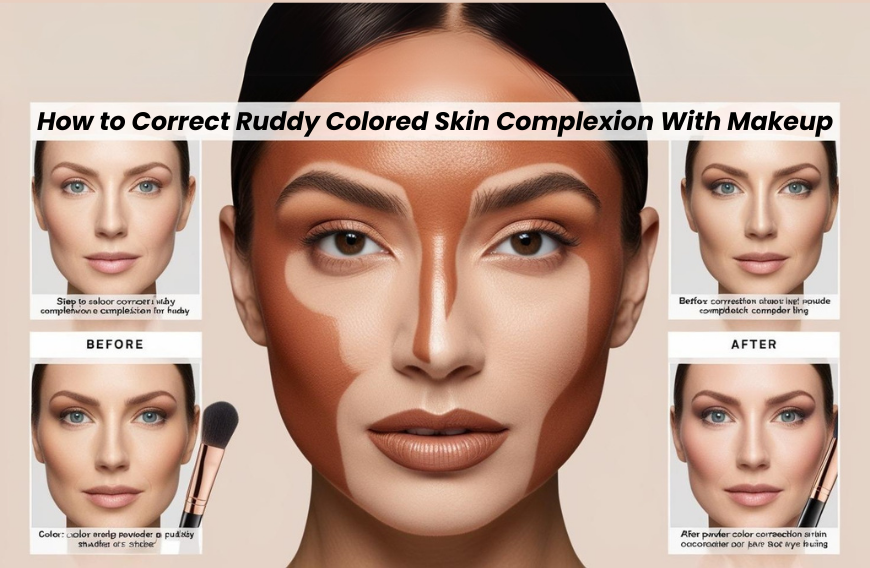If you've ever felt confused walking down the makeup aisle trying to decide between translucent powder and setting powder, you're not alone. Both products help lock in your makeup and control shine, but they serve slightly different purposes. Understanding their roles can help you choose the best powder for your skin type, makeup goals, and personal preferences. Whether you're applying a loose powder for a matte finish or need a compact powder for touch-ups on the go, knowing the distinctions is key to a flawless look.
Defining Translucent and Setting Powders
Though often used interchangeably, translucent powder and setting powder are not exactly the same. Each plays a unique role in achieving a polished makeup look.
What Is Translucent Powder?
Translucent powder is a sheer, colorless powder designed to set makeup without altering its color. It typically comes in a fine, loose form and is ideal for mattifying the skin and minimizing the appearance of pores and fine lines. Products like the Makeup Studio Translucent Powder 3 are popular for achieving a smooth, natural finish without caking.
What Is Setting Powder?
Setting powder, on the other hand, comes in both translucent and tinted varieties. Its primary role is to "set" your foundation and concealer to extend wear time and prevent creasing or smudging. A good example is the Almay Matte Setting Powder, which also offers a matte finish while controlling excess oil.
Key Differences Between Translucent and Setting Powders
While both products aim to prolong your makeup wear, they differ in purpose, ingredients, and finish. Here’s what sets them apart.
Purpose and Functionality
Translucent powder mainly serves to absorb excess oil and provide a matte, blurred look without adding any pigment. It is ideal for touch-ups and keeping shine at bay throughout the day. Setting powder, however, is formulated to lock makeup in place, making it essential for long-lasting wear—particularly in high-humidity environments or for full-glam looks.
Composition and Ingredients
Translucent powders are typically talc- or silica-based and offer a lightweight texture. Setting powders may contain similar ingredients but often include binders and oils that help hold foundation and concealer in place. Some powders, such as the Extra Fine Translucent Powder Medium to Dark, cater to deeper skin tones and offer a seamless finish without flashback.
Color and Coverage
Translucent powders are designed to be colorless, making them ideal for all skin tones—though the wrong formula can leave a white cast if not properly blended. Setting powders come in a range of shades to match different skin tones and can provide additional coverage to even out the complexion.
How to Choose the Right Powder for Your Makeup Routine
Choosing between translucent and setting powder depends on several factors including your skin type, desired finish, and how you apply your makeup.
Considering Your Skin Type
Oily skin types benefit from both powders, but especially from a mattifying translucent powder that reduces shine without clogging pores. Dry or mature skin may prefer a hydrating setting powder to avoid accentuating texture.
Desired Makeup Finish
If you're aiming for a natural, no-makeup look, a translucent powder works well to subtly set your base. For a more polished, full-coverage result, a tinted setting powder offers better longevity and added coverage.
Application Techniques
Loose powders are generally more suitable for at-home application with a fluffy brush or sponge, while compact powders are ideal for on-the-go touch-ups. If you're using loose powder often, consider using a proper storage solution like the Upstore Bamboo Loose Powder Jar to keep your product fresh and mess-free.
Common Misconceptions About Translucent and Setting Powders
There are a few myths about these powders that need clarification. Let’s break them down.
Are They Interchangeable?
While some may use translucent powder as a setting powder, it's important to know they aren't always interchangeable. Translucent powder lacks the binding properties of a true setting powder, which can impact your makeup’s longevity.
Do They Work for All Skin Tones?
Translucent powders are marketed as universally flattering, but not all formulas perform equally on deeper skin tones. Some may leave an ashy residue, especially under flash photography. Choosing products like the Extra Fine Translucent Powder Medium to Dark helps avoid that issue.
Conclusion
While both translucent and setting powders play essential roles in a complete makeup routine, understanding their differences ensures you pick the right product for your needs. Use translucent powder to reduce shine and blur imperfections, and reach for setting powder when long-lasting wear is your priority. Each has its unique benefits, and when used correctly, they can transform your look without compromising comfort or finish.
FAQs
Q. Is translucent powder the same as setting powder?
A: No, translucent powder is typically sheer and used for mattifying and reducing shine, while setting powder is formulated to lock in foundation and concealer for extended wear.
Q. Can I use translucent powder to set my makeup?
A: Yes, translucent powder can set makeup to some extent, especially for those looking for a lightweight, natural finish. However, it may not provide the same longevity as a dedicated setting powder.
Q. Which is better for oily skin: translucent or setting powder?
A: Both can work well for oily skin, but translucent powder is often preferred for its mattifying effects. A setting powder may also be used for longer wear in more humid or active conditions.
Q. How do I avoid a white cast when using translucent powder?
A: To prevent a white cast, choose a finely milled translucent powder suitable for your skin tone, and apply it with a light hand using a damp sponge or fluffy brush. Always blend thoroughly.





